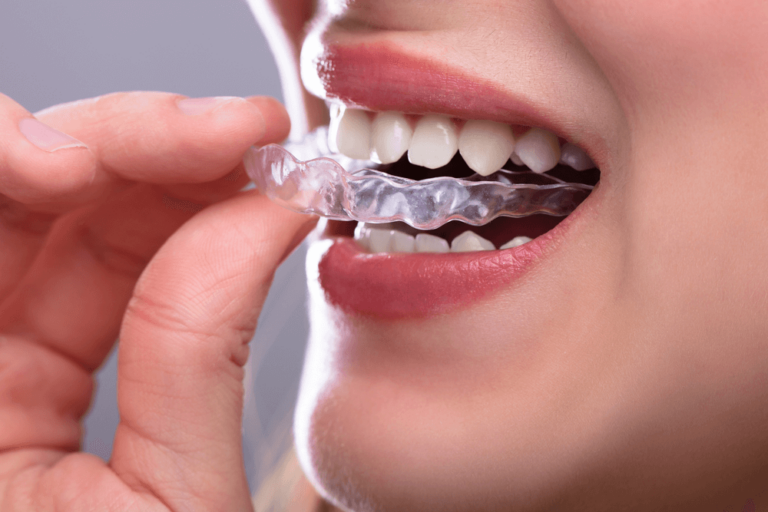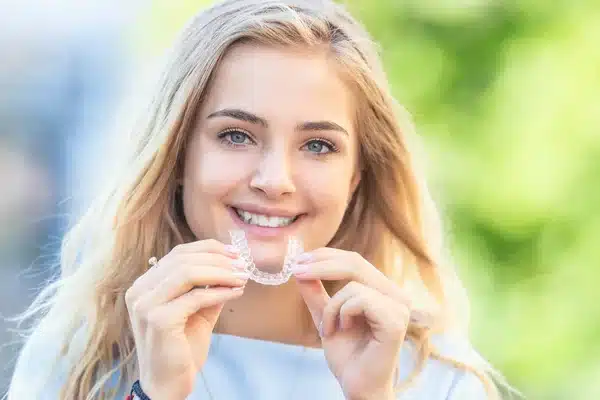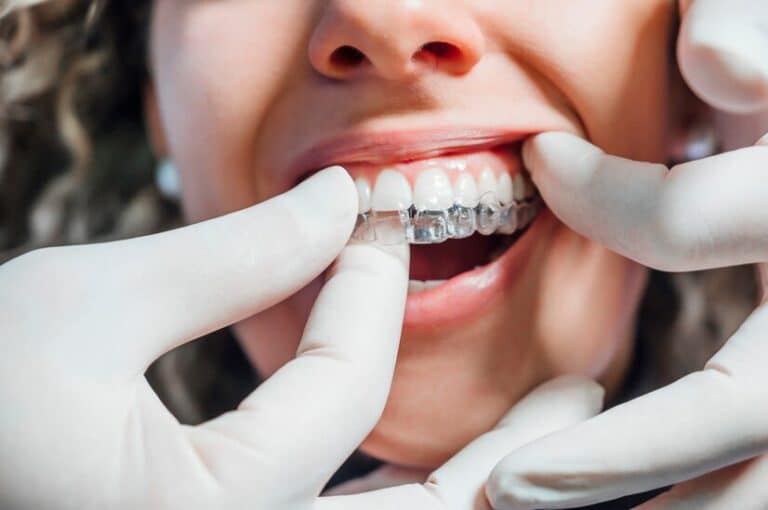Key Takeaways
- There is no single best time for Invisalign; suitability depends on development, case type, and wear habits.
- Many start Invisalign care around ages 12–13 once most permanent teeth are in.
- Invisalign First can guide growth for ages 6–10 and create space for erupting teeth.
- Success hinges on wearing aligners about 22 hours daily, making maturity a key factor.
- Complex cases may be better served by braces; a Phoenix orthodontist should evaluate the best match.
- Early checkups at ages 6–7 support timely decisions about the ideal age for Invisalign.
- Asking about Invisalign suitability age helps align expectations with realistic outcomes.
Invisalign by Age: Early intervention vs. teen treatment
Early Phase 1 care with Invisalign First is for kids aged 6–10. It helps guide jaw growth and makes room for adult teeth. Phoenix orthodontists use this time to fix crowding, crossbites, and underbites when bones are more flexible. Parents need to watch closely and make sure kids wear aligners for about 22 hours a day. Starting early can make future treatments easier and boost a child’s confidence. The aligners are softer for comfort, but it depends on how many baby teeth are left and the issue’s complexity. Teen treatment usually starts when most permanent teeth have come in, around 12–13. At this age, teens can handle wearing aligners more consistently. They can tackle bigger issues like bite alignment, but they must follow the change schedule and manage costs. Doctors look at how teeth are coming in, jaw growth, and how complex the case is. They decide between early treatment, teen care, or braces. This approach helps fit Invisalign to each person’s needs, goals, and readiness.What age is best for Invisalign?
The best age for Invisalign depends on growth, how complex the case is, and daily habits. Early checks at ages 6–7 help Phoenix orthodontists track tooth growth and plan a timeline. Families can ask about Invisalign First to see if it’s for kids or later. For Phase 1 needs, ages 6–10 might be good for Invisalign. Invisalign First helps jaw growth, makes space for crowded teeth, and fixes crossbites or underbites. These goals make future alignment easier and keep cleaning simple. For full alignment, the best time is usually ages 12–13 when most permanent teeth are in. Readiness varies, so bite, spacing, and growth rate are key. Clear goals and regular check-ins ensure the aligners work as planned. Consistency is key. Aligners should be worn about 22 hours a day. If they’re not worn or lost, progress slows. Families consider wear discipline, oral hygiene, and cost when choosing the Invisalign age. Complexity decides the appliance choice. Invisalign is good for simple tooth movements, but complex cases might need braces. A personalized exam sets the best time for Invisalign and explains comfort, hygiene, and daily routines.Invisalign Teen and beyond: ages 11–18 and adults
Invisalign Teen is perfect for kids from 11 to 18. It fits well with school, sports, and hanging out with friends. The trays are almost invisible and easy on the cheeks. They can be removed for meals, photos, and playing musical instruments. It’s also great for keeping teeth clean. Many families notice better brushing and flossing than with metal braces. This helps with gum health as teeth grow. But, it’s important to wear the aligners for about 22 hours a day. Teens need to switch to the next set on time and store them properly. When most permanent teeth come in, it’s usually possible to reach the goal. But, if the teeth need a lot of work, braces might be better. Costs can be higher than metal braces. Families have to think about how much they want to spend on looks and health. For adults, there’s no age limit for Invisalign. It’s great for work and special events because it’s discreet. You can eat and brush your teeth normally because you can take it out. Doctors look at how old you are and how complex your teeth are. Modern braces are thinner and work better than before. This makes Invisalign a good choice for both teens and adults. It helps meet your goals while being practical and tailored to you.Conclusion
The best time for Invisalign depends on dental development, case complexity, and daily habits. Early care can start with Invisalign First between ages 6 and 10. This is when guided growth or space creation is needed. For many, full treatment fits best once most permanent teeth are in. This is often around 12 to 13. It varies by child and by goals. Success comes from consistent wear for about 22 hours a day. Younger children may need close supervision to prevent lost or damaged trays. Teens enjoy discreet treatment, comfort, easier brushing, and fewer food limits. Adults face no strict Invisalign age limit. Many choose aligners for aesthetics and flexibility. Complex bite corrections may favor braces for full control. While simpler alignment can fit well within the Invisalign age range. Families can improve outcomes by scheduling an early check at ages 6 to 7. Ask directly about the Invisalign suitability age and options that match growth and lifestyle. In the end, the best time for Invisalign is personal. An orthodontic evaluation weighs dental maturity, the Invisalign age range, and compliance. When in doubt between braces and aligners, a case-by-case review ensures predictable, efficient results. There is no arbitrary Invisalign age limit.Serving Phoenix • Chandler • Ahwatukee
At Dentique by Dr. B, we’re committed to helping you achieve the smile you’ve always wanted—whether through Invisalign or traditional braces. Let us help you find the right fit for your smile and lifestyle.




